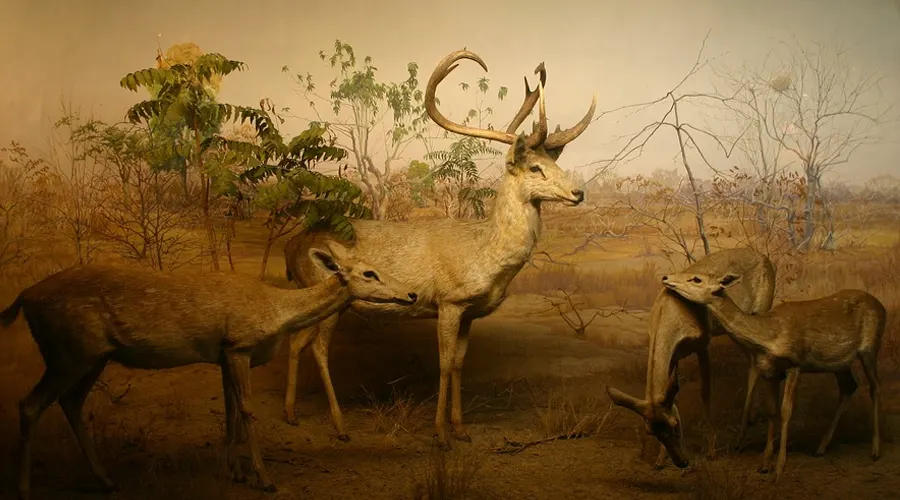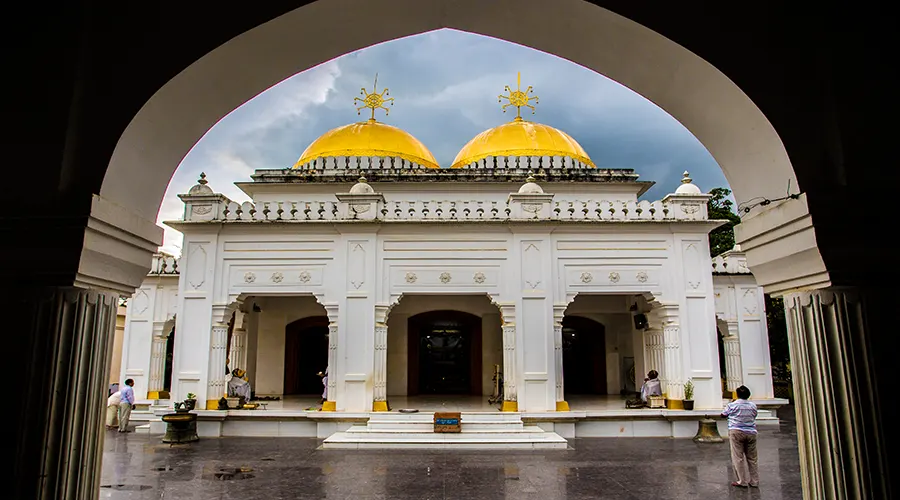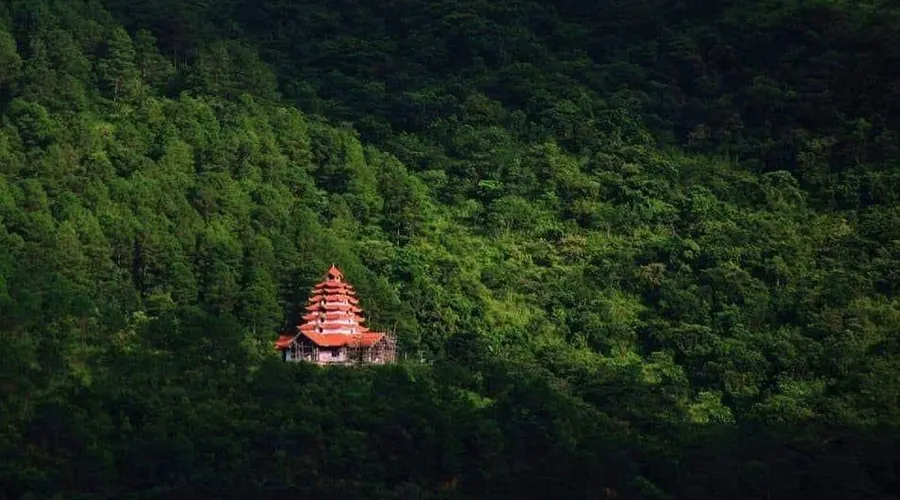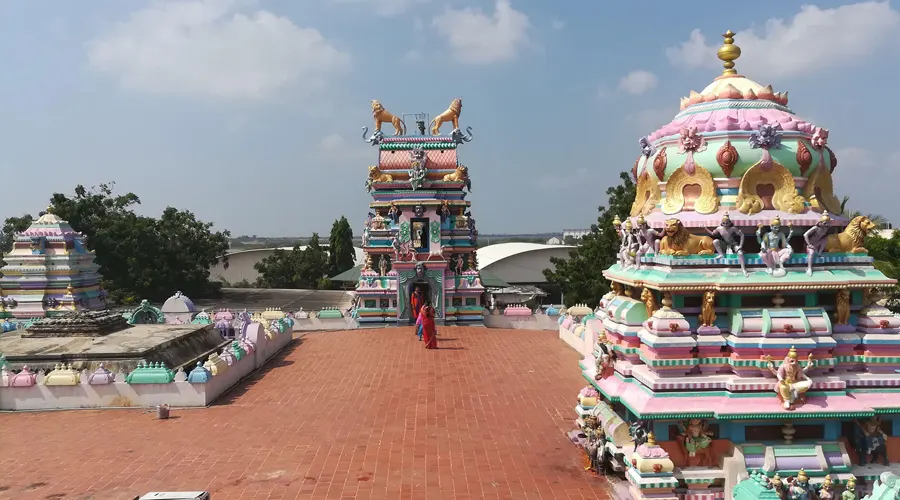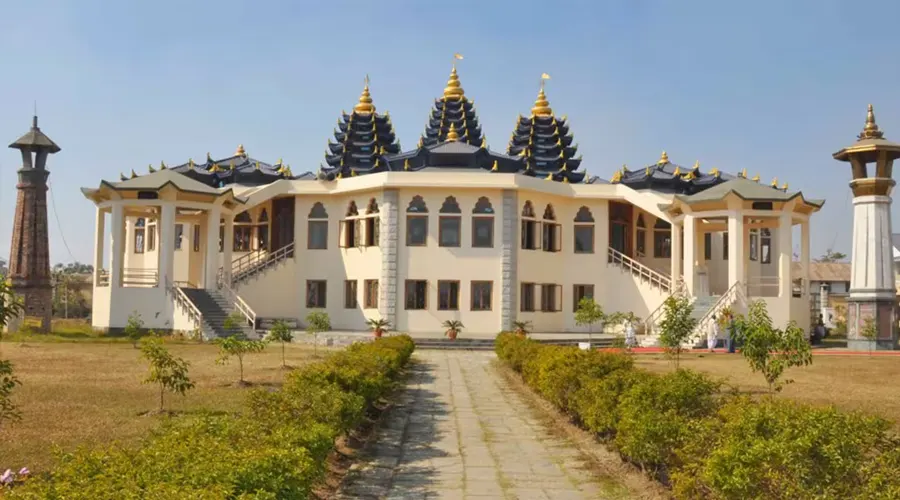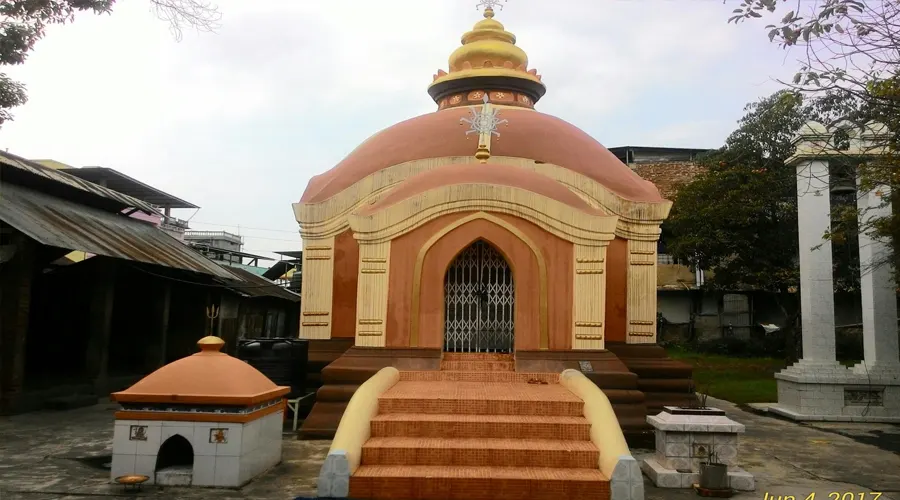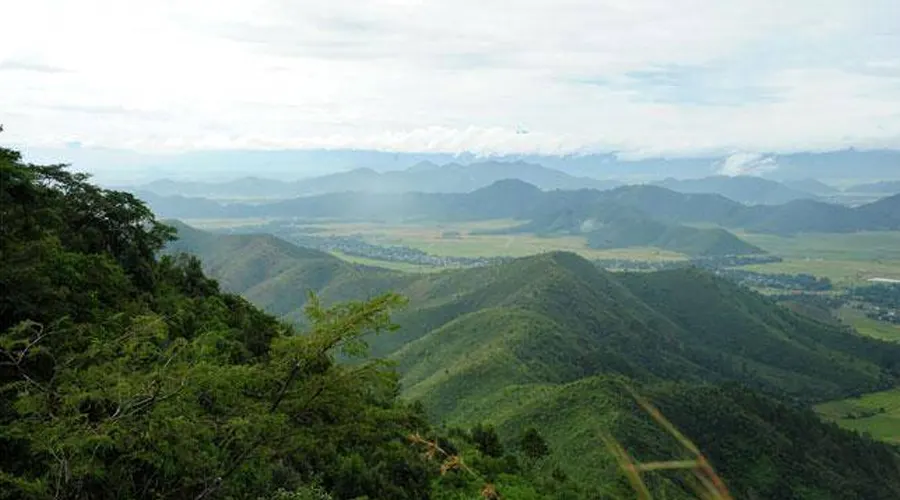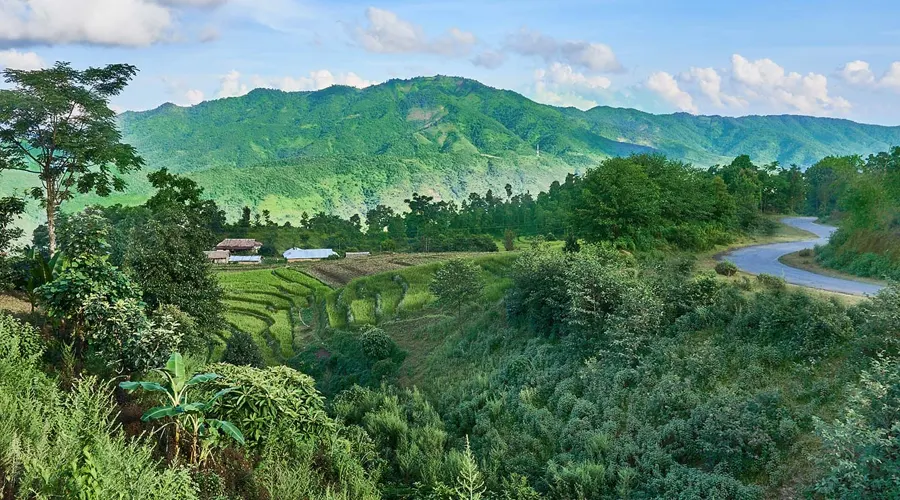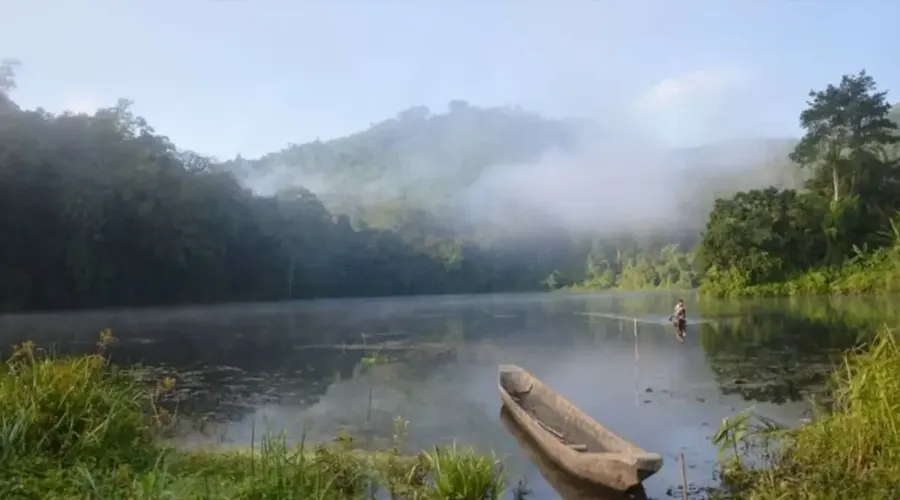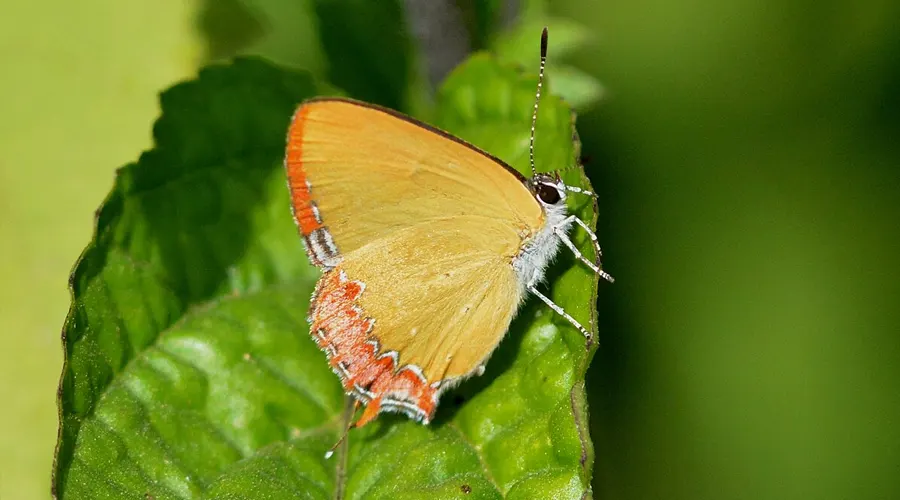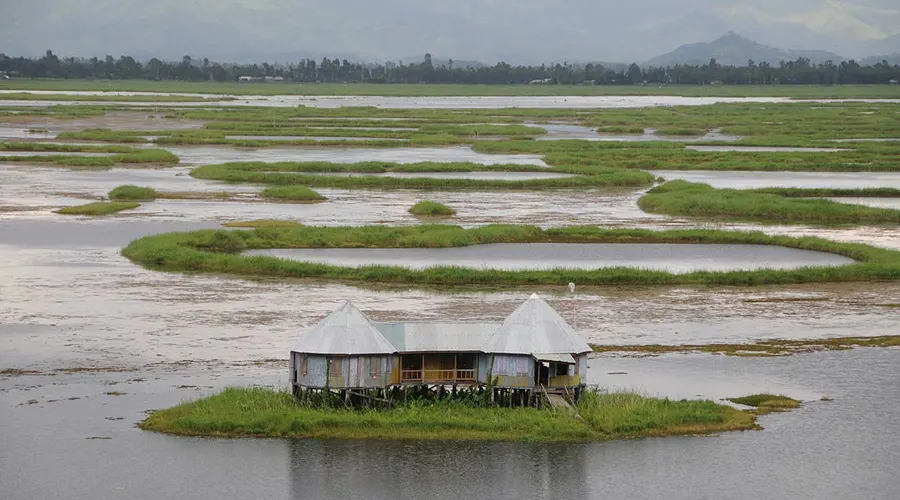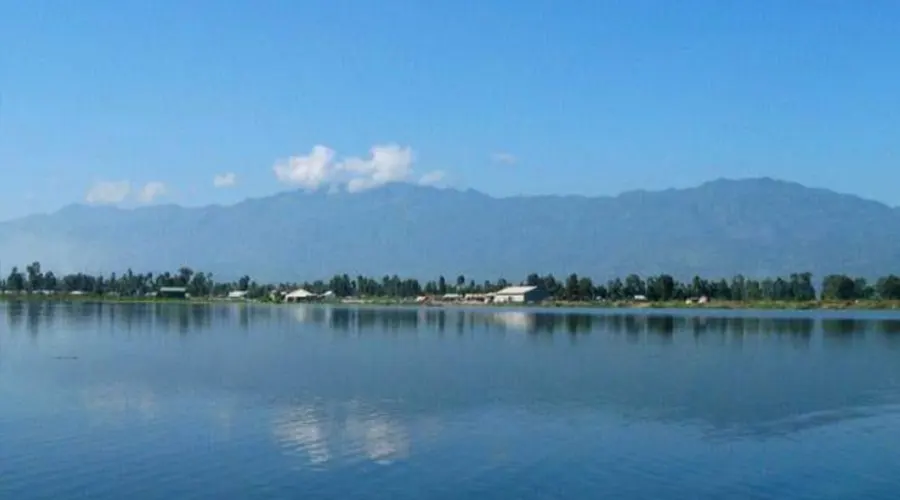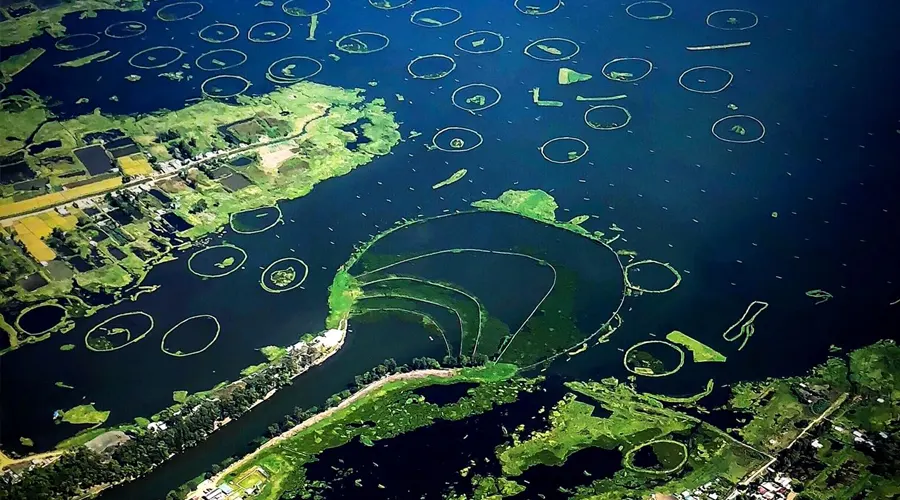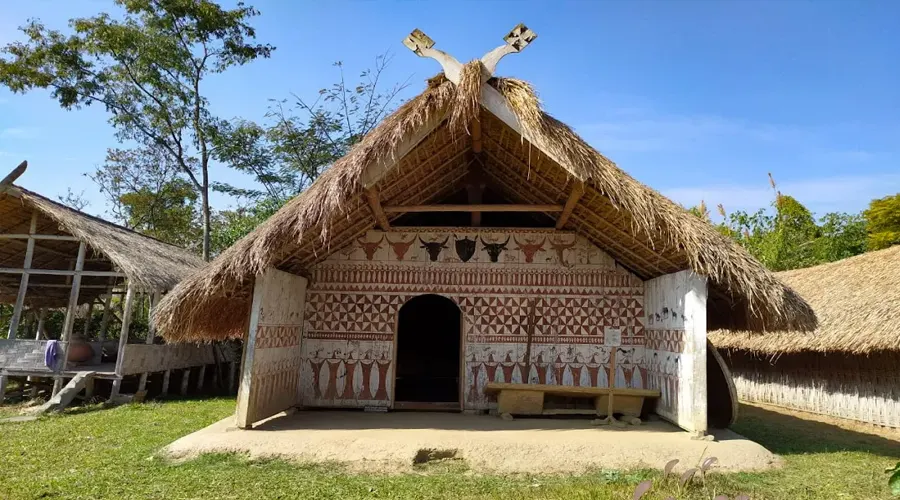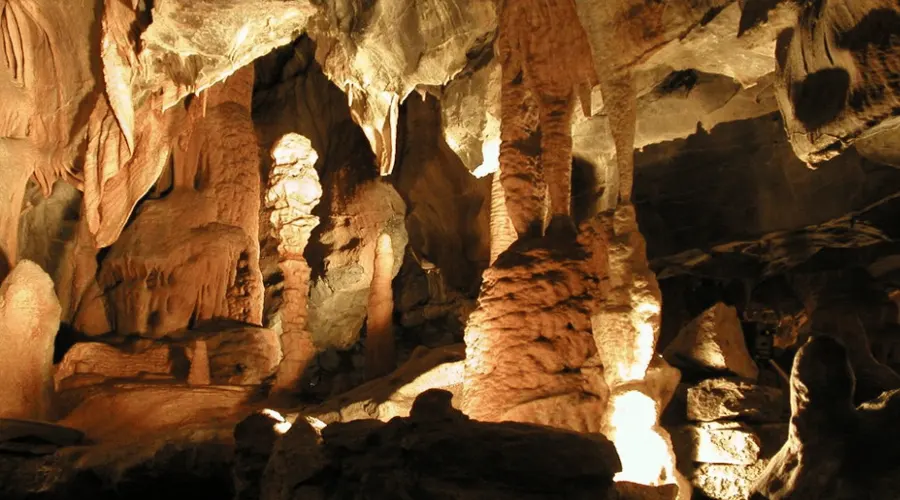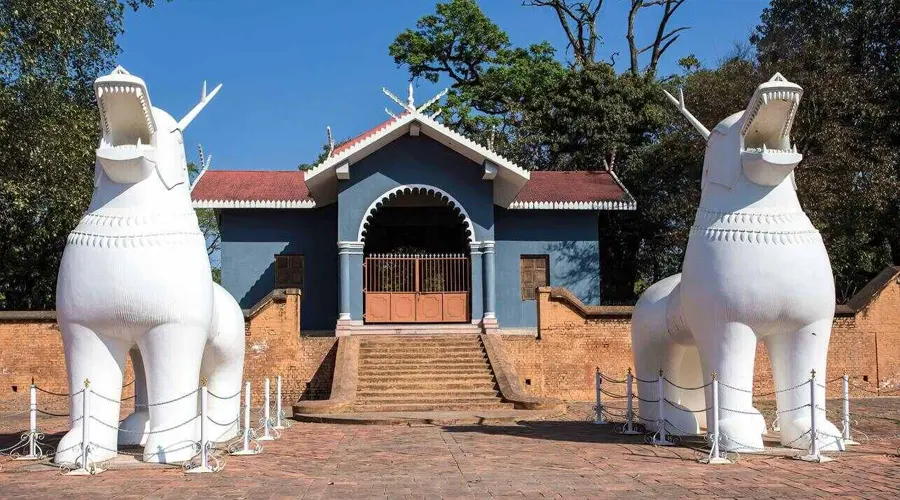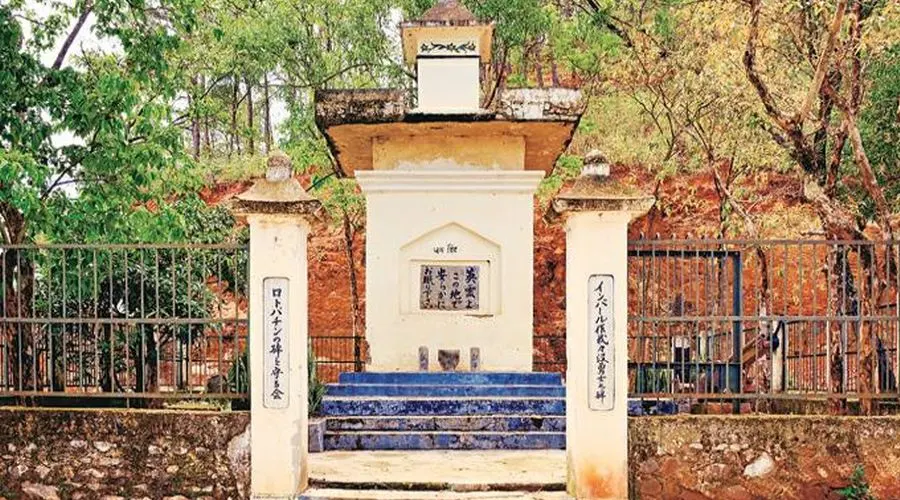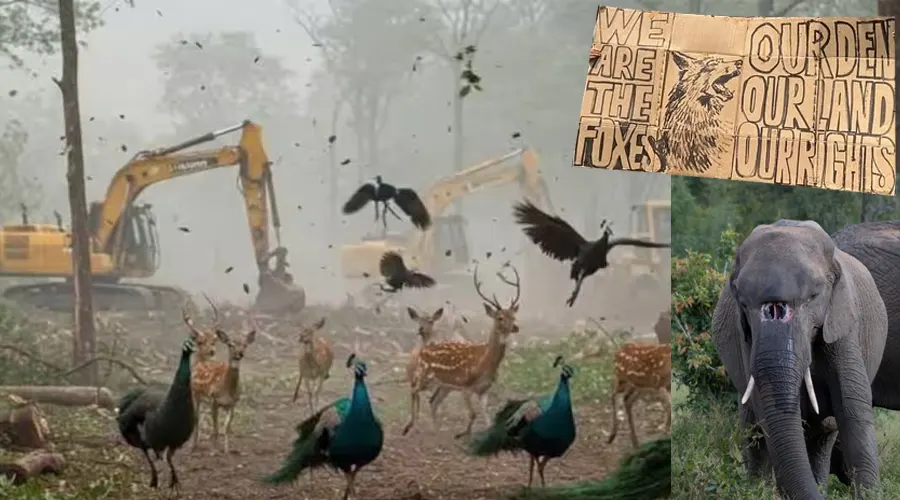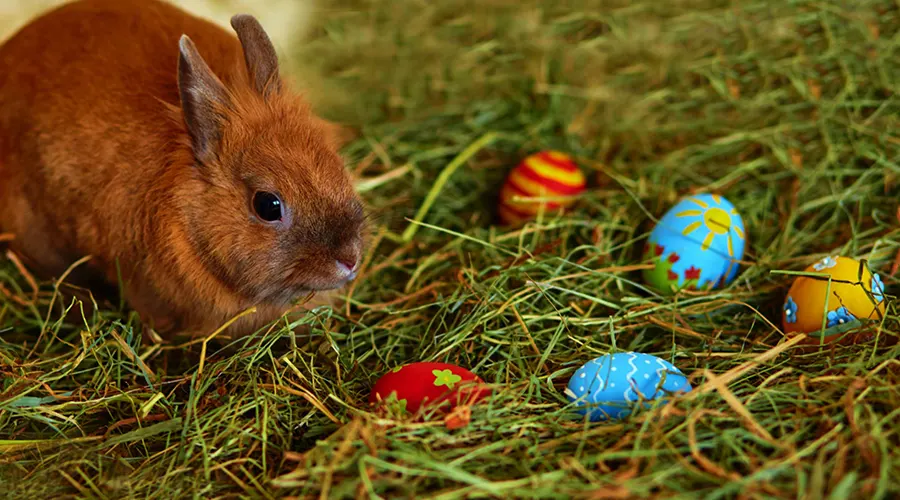Keibul Lamjao National Park
Keibul Lamjao National Park, the only floating national park in the world, is located in the northeast Indian state of Manipur. It lies in the district of Bishnupur and is a vital part of Loktak Lake. The fact that it is a floating island is a unique feature that attracts nature enthusiasts and researchers worldwide. This aspect of nature is magical and can only be seen here, in Imphal. As one explores the National Park, they will come across many species including an endangered species of Deer, called the Brow Antlered Deer, Eld's deer, or the dancing deer. This deer is locally called Sangai. So make sure you carry your binoculars and a good camera to capture some fabulous pictures.
The Keibul Lamjao National Park is a vast expanse of nature covering over 40 square kilometers of area. It is home to various species of plants and animals, including migratory visitors. The beautiful park hosts over 450 varieties of orchids and has perfect climatic conditions for over 100 species of aquatic flora and numerous species of birds like the East Himalayan Pied Kingfisher, Black kite, ducks, etc.
The national park was initially a sanctuary, however, only after it was announced that the beautiful dancing deer is an endangered species was the park declared a National Reserve in 1977. Due to infringement and demand by the locals, the natural reserve has also been reduced, but the mesmerizing view of the phumdis in the crystal-clear lake waters under the clear striking blue skies is a sight never to be missed.
Flora and Fauna of Keibul Lamjao National Park
The Keibul Lamjao National Park is home to a variety of species. Enthusiasts can find several species of birds like the Lesser Skylark, Northern Hill Myna, Burmese Pied Myna, North Indian Black Drongos, Jungle Crow, Yellow Headed Wagtail, various types of Ducks, Cranes, and Wood Peckers. Among the animals, Brow Antlered Deer or dancing deer, Hog Deer, Wild Boar, Large Indian Civets, Fox, Jungle Cat, Golden Cat, Bay Bamboo Rat, Musk Shrew, Common Shrew, Flying Fox, Sambar, etc. are found here.
The climatic or natural conditions support numerous aquatic species, amphibians, and reptiles including Channa striata, Common Carp, Keelback Tortoise, Viper, Krait, Cobra, Python, Asian Rat Snake, Water Kobra, Russel's Viper, and the Checkered Garter Snake.
The abundant vegetation that is found here is stunning. The floating marshes or the Phumdis consist of this vegetation that is about 120 centimeters thick. Researchers state that the plants that existed half a century ago predominantly were Khoimom, Tou, and Singut. Over the years, the vegetation composition went through rapid transformations, and as of today, the phumdis majorly comprise Leersia Hexandra and Sing Kambong Zizania latifolia. Zizania Latifolia is also known as Manchurian Wild Rice and is a plant that is a rich source of protein, often consumed by the inhabitants living nearby.
Some percentage of Phragmites Karka and Wana Manbi Cepithipedium spp, Saccharum Munja, and Narenga Porphyrochroms are also found in these phumdis. A variety of wild rice also grows in this region along with species like Coix Lecryma-Jobi, Carex, and Lilhar Polygonum perfoliatum.
What is the Best Time To Visit Keibul Lamjao National Park?
The best time to visit Keibul Lamjao National Park is between October and March as the Lake water levels are suitable for exploring the park.
It is best to visit the park from 6:00 AM to 10:00 AM and 3:30 PM to 6:00 PM because the Sangai deer mostly comes out to feed in herds during these times.

